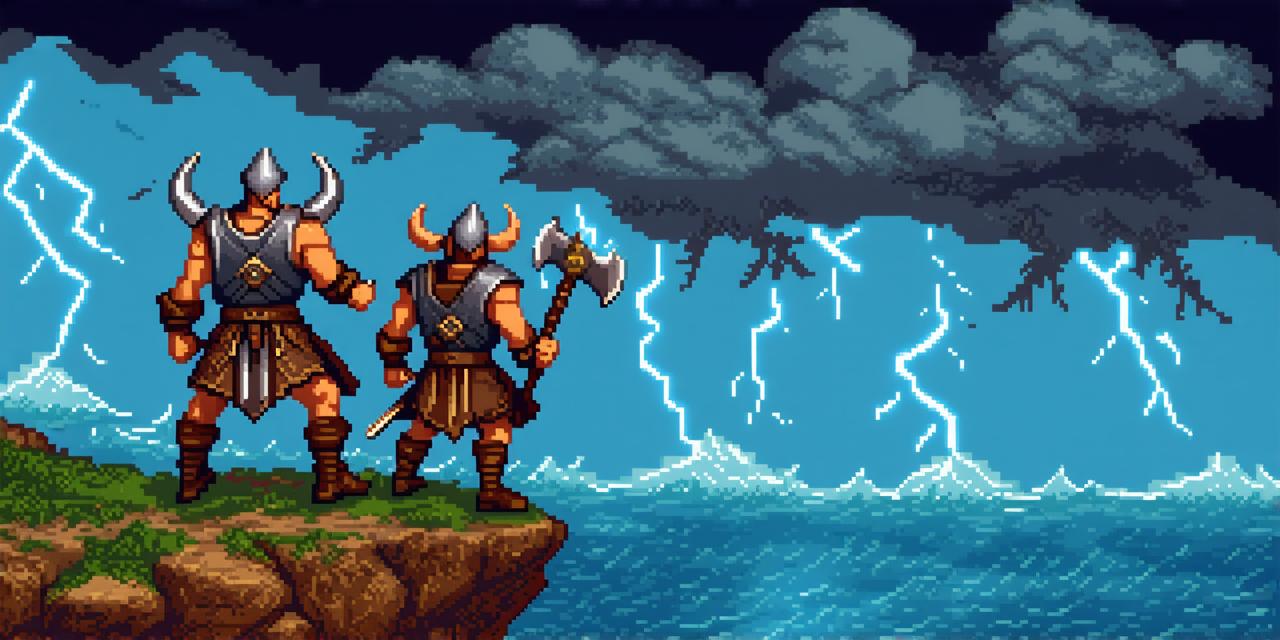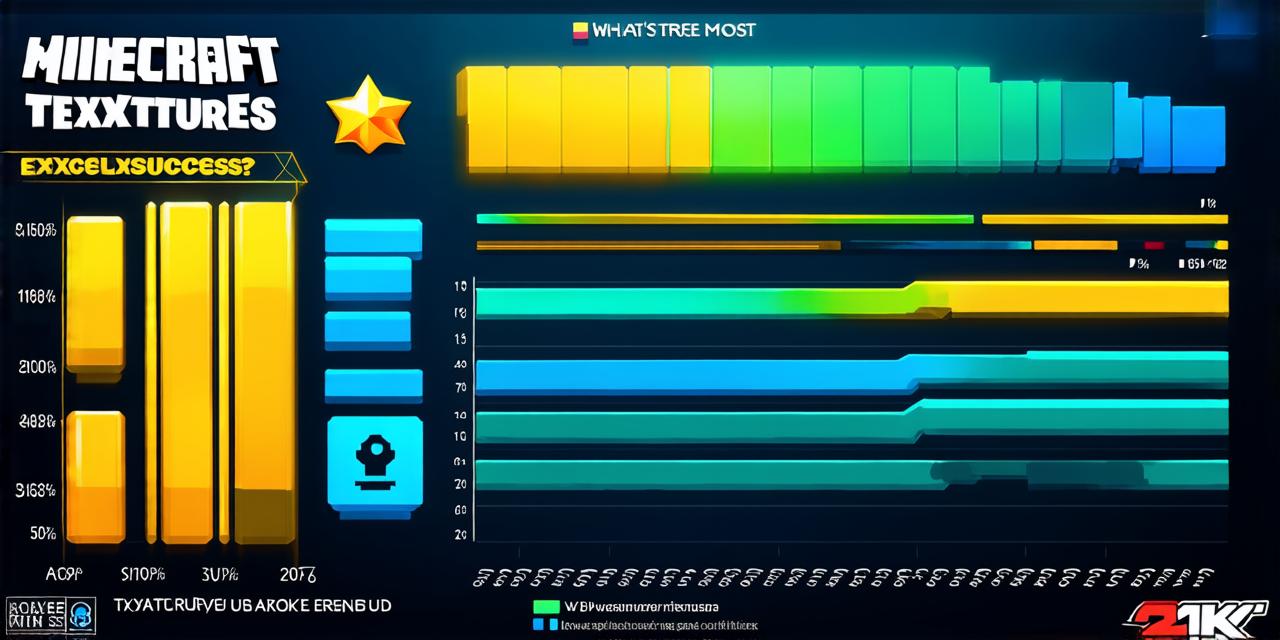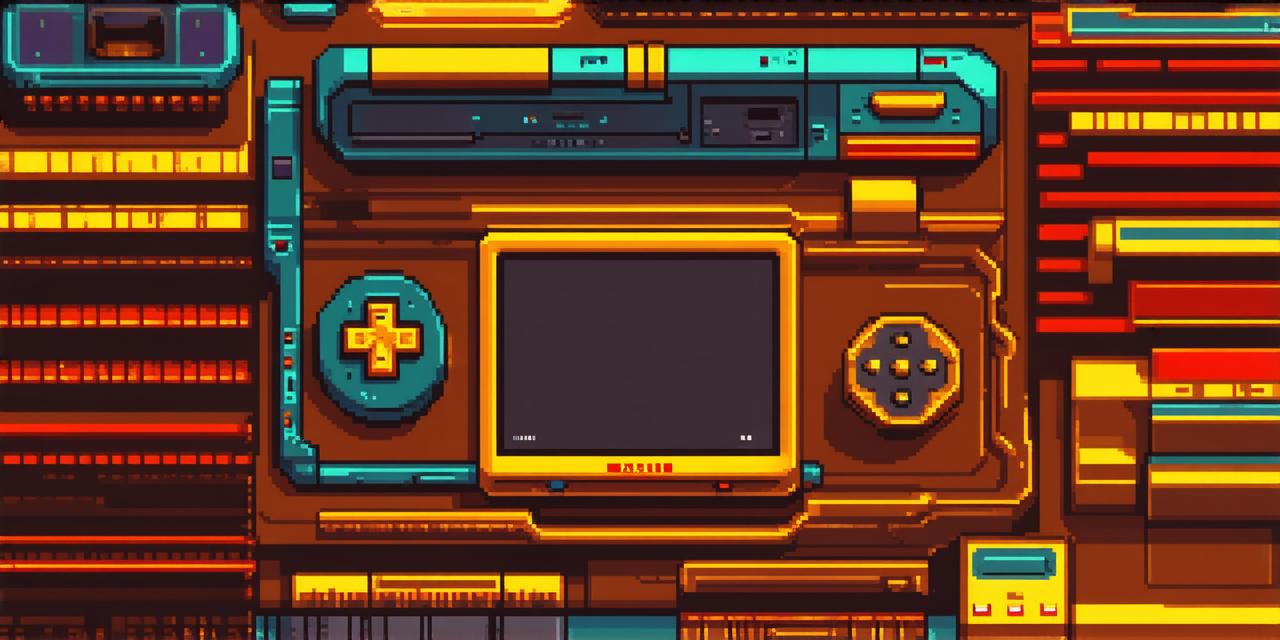Video games have always been popular among people of all ages. From simple puzzle games to complex role-playing games, video games offer entertainment, education, and socialization. However, creating a video game can be a challenging and expensive process. In this article, we will explore how you can make your own video game for free using various tools and platforms.
Step 1: Choose Your Game Type
Before diving into the creation process, you need to decide on the type of game you want to create. There are different types of games that you can create, including action, adventure, puzzle, strategy, simulation, and role-playing games. Each game type requires a unique set of skills and tools, so it’s essential to choose wisely.

If you’re new to game development, starting with a simple puzzle or platformer game can be a good idea. These types of games are easy to create and require minimal coding knowledge. As you gain experience, you can move on to more complex games that require more advanced skills.
Step 2: Choose Your Game Engine
Once you have decided on the type of game you want to create, the next step is to choose a game engine. A game engine is a software framework that provides developers with tools and resources for creating video games. Some popular game engines include Unity, Unreal Engine, Construct 3, and Godot.
Unity is one of the most popular game engines and offers a wide range of features for game development. It supports both 2D and 3D game creation and has a vast community of developers who provide support and resources. Unity also has a free version that allows you to create games for mobile, web, and desktop platforms.
Unreal Engine is another popular game engine that offers advanced features such as virtual reality (VR) and augmented reality (AR) development. It supports both 2D and 3D game creation and requires more coding knowledge than Unity. Unreal Engine also has a free version that allows you to create games for mobile, web, and desktop platforms.
Construct 3 is a beginner-friendly game engine that uses visual scripting instead of code. It supports both 2D and 3D game creation and has a vast library of pre-made assets that you can use to speed up the development process. Construct 3 also has a free version that allows you to create games for mobile, web, and desktop platforms.
Godot is an open-source game engine that offers advanced features such as physics simulation and network programming. It supports both 2D and 3D game creation and has a growing community of developers who provide support and resources. Godot is free to use and distribute.
Step 3: Create Your Game Assets
The next step in the game development process is to create your game assets, including characters, backgrounds, sound effects, and music. There are various tools you can use to create these assets, including Adobe Photoshop, Illustrator, Blender, and Audacity.
If you don’t have access to these tools or don’t want to spend money on them, there are many free alternatives available online. For example, Canva is a great tool for creating graphics and animations, while YouTube Audio Library provides free music tracks that you can use in your game.
Step 4: Write Your Game Code
Once you have created your game assets, the next step is to write your game code. The type of coding language you use depends on the game engine you choose. For example, Unity uses C and JavaScript, while Unreal Engine uses C++ and Blueprints.
If you don’t know how to code, there are many online resources available that can help you learn. Codecademy and Udemy offer free coding courses that you can take, and Stack Overflow is a great resource for finding answers to programming questions.



